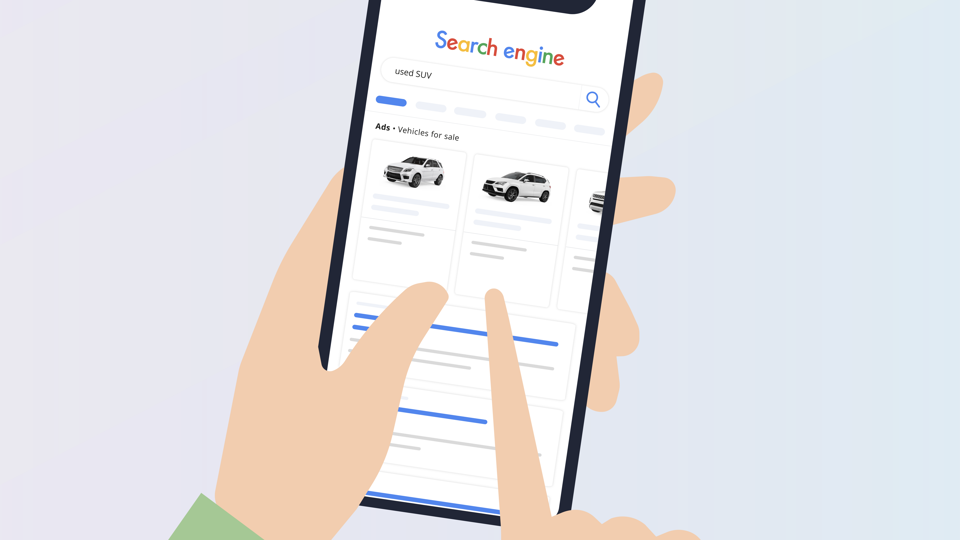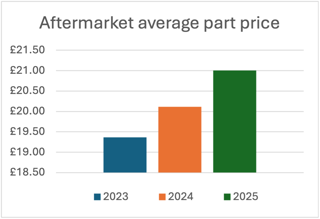Car dealers need to make changes to their websites so customers don’t hit the back button too quickly.
The advice, from iVendi, comes ahead of the arrival of Google Vehicle Ads (GVAs).
Rob Severs, senior VP product and insight at the vehicle retail technology specialist, said that the structure of new customer journeys involving GVAs meant it was easy to click straight from a search engine to a specific car or van page but then click straight back out.
He explained: “We’ve seen data from the US, where GVAs have now been in effect for some months, showing that the visit for each customer to the dealer web site involves only 1.2-1.4 pages. That indicates many are looking at a vehicle and hitting the back button.
“The challenge for dealers is to find new ways of making those vehicle pages ‘sticky’ so that potential buyers stay on the web site, looking at other stock and importantly, options such as vehicle finance and value-added products.
“It could mean something of a redesign for the kind of standard vehicle pages we see most dealers using today, moving towards approaches used in other areas of online retail.”
One likely solution would be to adopt a page design similar to that used by Amazon, where alternative product options related to the initial search were displayed alongside accessories and other linked purchases.
Severs added: “It’s a question of being a little bit smarter by showing other vehicles from your stock alongside the initial vehicle that has been shown by the GVA search.
“This especially works well when you know that you are responding to a context-based search. If a customer has typed or spoken “seven seat car” into Google, then you can list other cars that meet that description.
“We also believe that displaying finance options will be important in creating stickier pages. Promoting the affordability of a vehicle is crucial from the get-go, alongside not just a standard description but customer reviews and candid information about any known faults.”
GVAs are charged by Google on a pay-per-click basis and warned that if you don’t engage the customer once they are on your vehicle page, then there is a danger you will pay for the same visitor time and again.
They work by showing users a selection of local vehicles that meet their needs, allowing them to click straight through to the dealer’s vehicle description page. To make this possible, dealers simply need to upload their stock list to Google and are charged on a pay-per-click rate.

















Login to comment
Comments
No comments have been made yet.